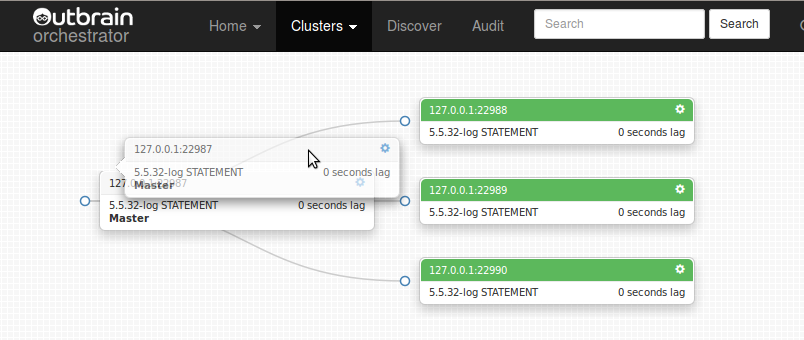audit_login is a simple MySQL login auditing plugin, logging any login or login attempt to log file in JSON format.
It seems that audit plugins are all the rage lately… We’ve developed out simple plugin a month ago as part of our database securing efforts; by auditing any login or login attempt we could either intercept or later investigate suspicious logins.
However we quickly realized there is much more to be gathered by this info.
In very short, you install this plugin onto your MySQL server, and your server starts writing into a text file called audit_login.log entries such as follows:
{"ts":"2013-09-11 09:11:47","type":"successful_login","myhost":"gromit03","thread":"74153868","user":"web_user","priv_user":"web_user","host":"web-87.localdomain","ip":"10.0.0.87"}
{"ts":"2013-09-11 09:11:55","type":"failed_login","myhost":"gromit03","thread":"74153869","user":"backup_user","priv_user":"","host":"web-32","ip":"10.0.0.32"}
{"ts":"2013-09-11 09:11:57","type":"failed_login","myhost":"gromit03","thread":"74153870","user":"backup_user","priv_user":"","host":"web-32","ip":"10.0.0.32"}
{"ts":"2013-09-11 09:12:48","type":"successful_login","myhost":"gromit03","thread":"74153871","user":"root","priv_user":"root","host":"localhost","ip":"10.0.0.111"}
{"ts":"2013-09-11 09:13:26","type":"successful_login","myhost":"gromit03","thread":"74153872","user":"web_user","priv_user":"web_user","host":"web-11.localdomain","ip":"10.0.0.11"}
{"ts":"2013-09-11 09:13:44","type":"successful_login","myhost":"gromit03","thread":"74153873","user":"web_user","priv_user":"web_user","host":"web-40.localdomain","ip":"10.0.0.40"}
{"ts":"2013-09-11 09:13:51","type":"successful_login","myhost":"gromit03","thread":"74153874","user":"web_user","priv_user":"web_user","host":"web-03.localdomain","ip":"10.0.0.03"}
{"ts":"2013-09-11 09:14:09","type":"successful_login","myhost":"gromit03","thread":"74153875","user":"web_user","priv_user":"web_user","host":"web-40.localdomain","ip":"10.0.0.40"}
{"ts":"2013-09-11 10:55:25","type":"successful_login","myhost":"gromit03","thread":"74153876","user":"web_user","priv_user":"web_user","host":"web-87.localdomain","ip":"10.0.0.87"}
{"ts":"2013-09-11 10:55:59","type":"successful_login","myhost":"gromit03","thread":"74153877","user":"web_user","priv_user":"web_user","host":"web-12.localdomain","ip":"10.0.0.12"}
{"ts":"2013-09-11 10:55:59","type":"failed_login","myhost":"gromit03","thread":"74153878","user":"(null)","priv_user":"(null)","host":"(null)","ip":"10.0.0.1"}
In the above your MySQL server is on gromit03, and is accepting connections from other hosts; some successful, some not. What kind of information can you gather from the above?
- You can tell how many connections are being created on your server
- Where they came from
- Where ‘root’ connections come from
- Port scans (see last row) can be identified by no credentials. These don’t have to be port scans per se; any telnet localhost 3006 followed by Ctrl+D will show the same. Typically these would be either load balancer or monitoring tools checks to see that the 3306 port is active.
- You can tell which accounts connect, and how many times
- And you can infer which accounts are stale and can be dropped — if an account does not connect within a week’s time, it’s probably stale (pick your own timeframe)
The above is quite interesting on one host; but we have dozens. We’ve installed this plugin on all our MySQL servers, and we use logstash to aggregate them. We aggregate to two destinations: Continue reading » “Introducing audit_login: simple MySQL login logfile based auditing”


